What features are most important to chose Video Wall Controller solution?
1. Why do we need to use video wall controller?
In the world of digital signage, video wall controller is like a traffic cop: it ensures that every signal content displays exactly where it should be, on the right screen, at the right time, in the right resolution. Video wall processor is a device that enables a single image to appear and move seamlessly across multiple screens in a video wall. Without it, video wall would be just a bunch of digital screens with separated contents on each single screen.
The processor forms a complete and large image, and displays part of it on the various screens. While smaller, simpler video walls may only require a multi-head graphic card, as video walls continue to grow in size and functionality, most require processors.
Video wall controllers are now available in hardware-based and software-based versions. Hardware processors are built on a series of physical video processing chipsets and have been in use for years. Today a new form of IP-based video wall controllers run on Encoder, Decoder, which connects the singal sources with display devices by network . Each has its own advantages and disadvantages, depending on the project, so you may want to do some research before making decision.
2. What are the important functions of video wall controller?
Many different manufacturers offer ip video wall controller, so it's important to look for some key features in order to meet each customer's requirement. If the app is relatively basic,then the devices which are easy to set up, operate, and remote will be more suitable for daily use.
Your customers may have access to a professional or secure network operations center, which means they may be able to support a more advanced feature set on the video wall. Always look for the processor with highest image quality that fits your client's budget,and be sure to verify that your video processor can handle the type of content you intend to display. Whether it's an MPEG, CAD or live video source, your controller video wall should be able to process and scale your content to your ip video wall.
According to the size of the video wall, it is important to find a processor that can handle the current number of screens and beyond. If the project expands in size or functionality, the video wall controller can easily handle the additional tasks. Finally, look for processors with a web server interface that allows your customers to manage online video sources while also making firmware easier to update.

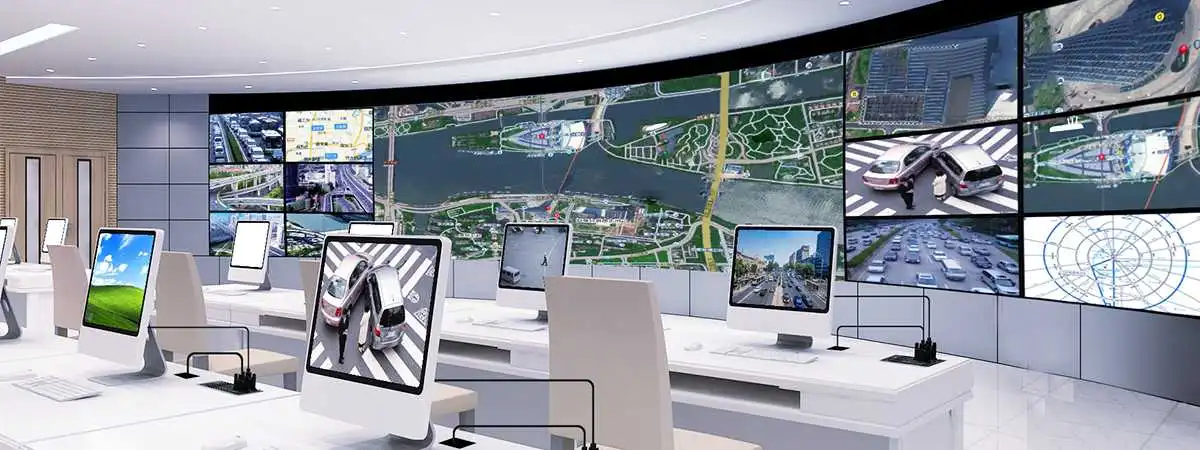

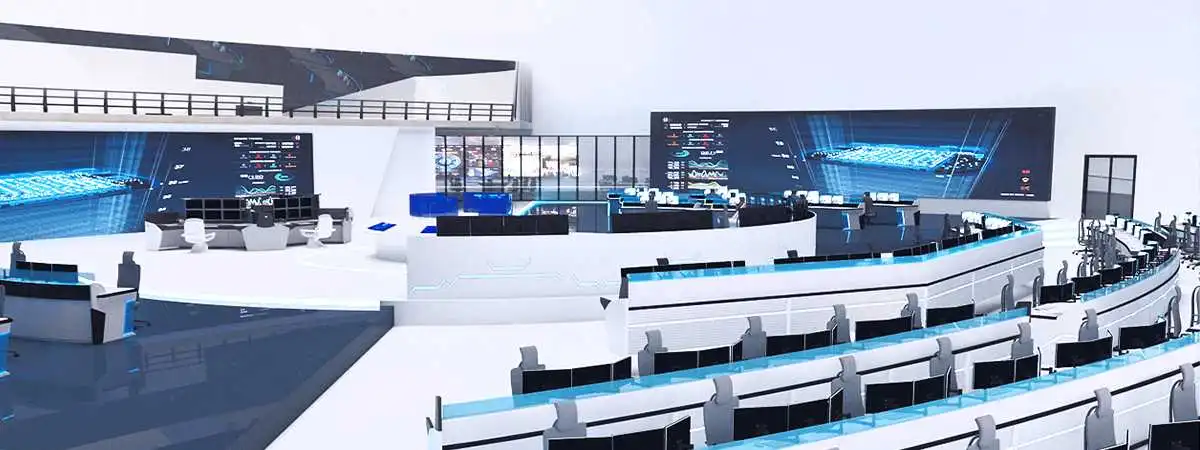
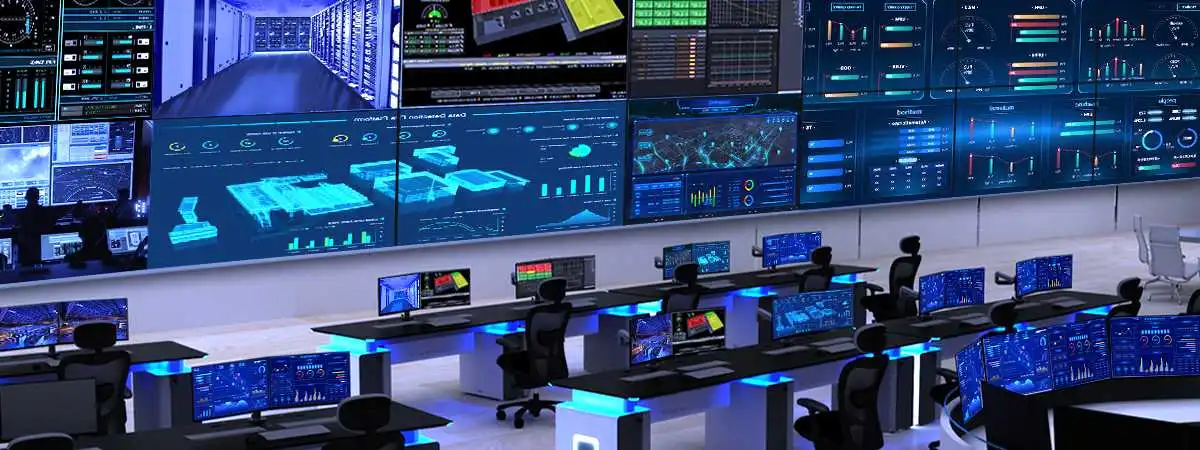
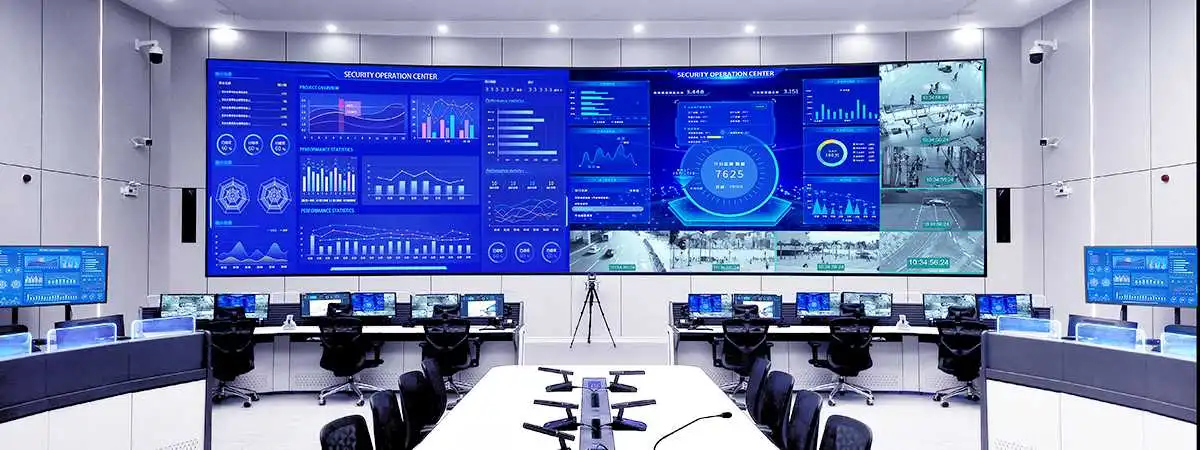

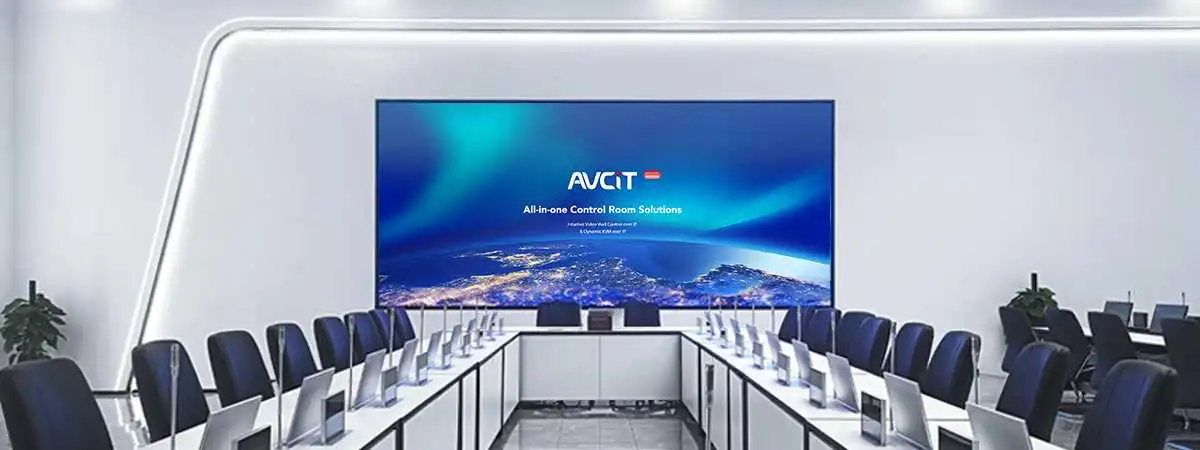
 EN
EN
 th
th  ru
ru  es
es 



